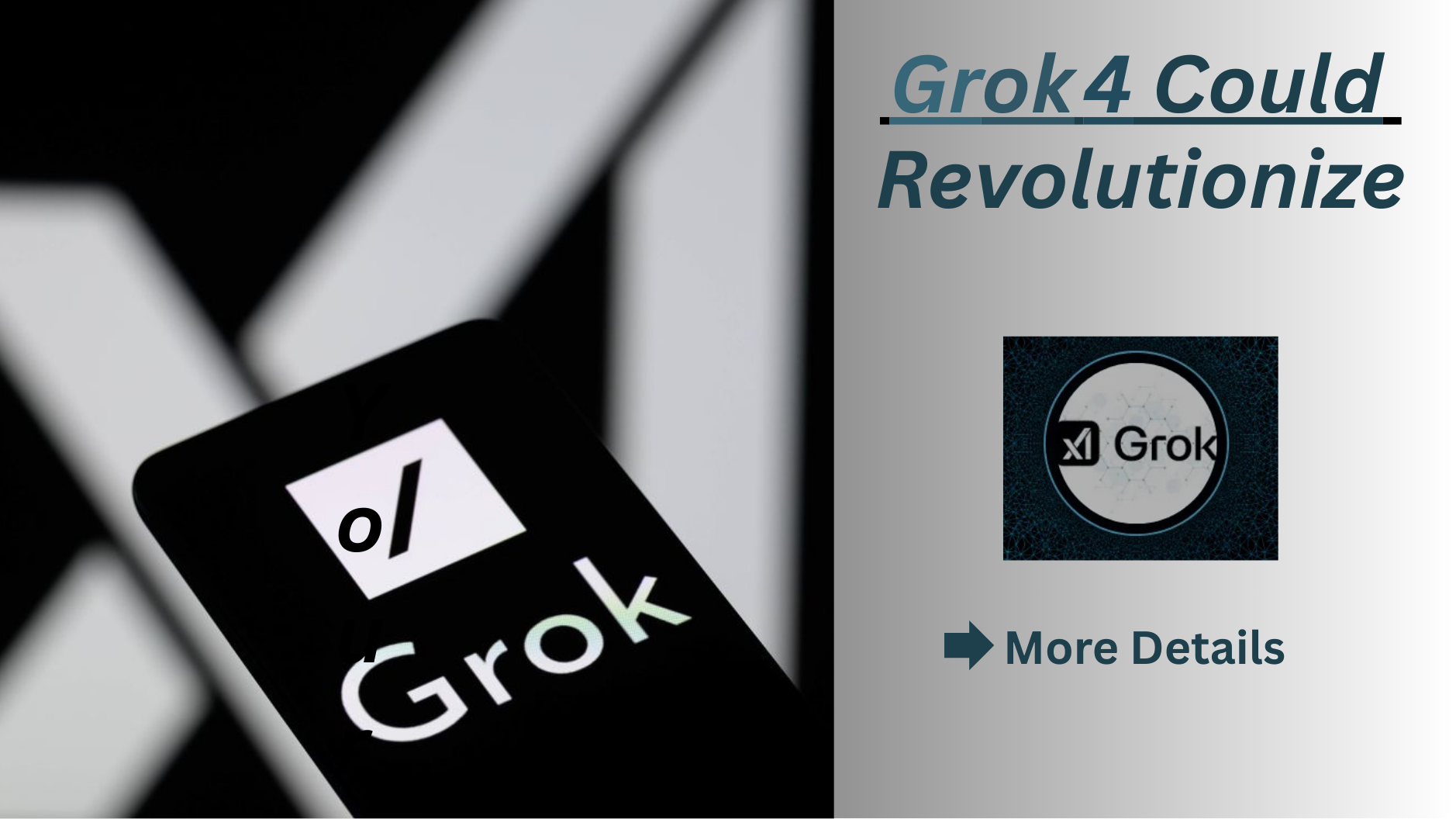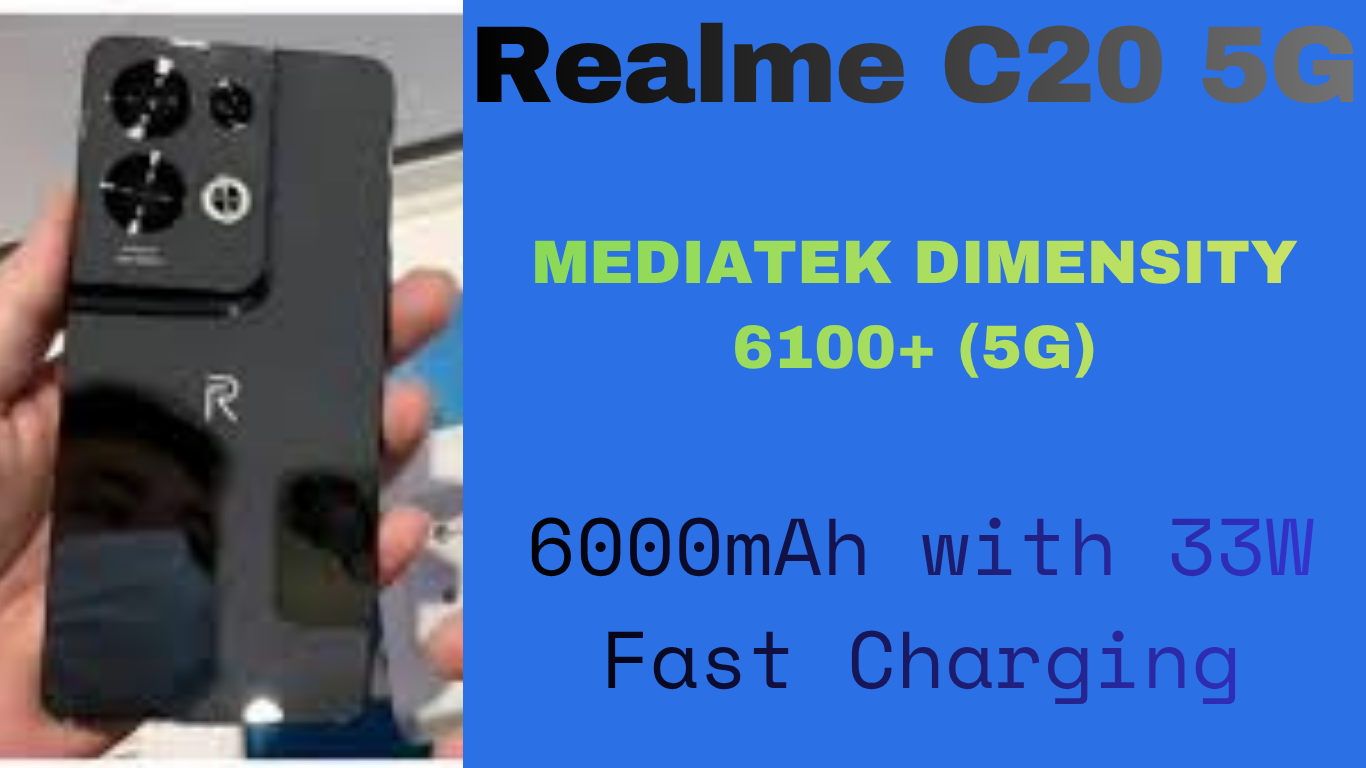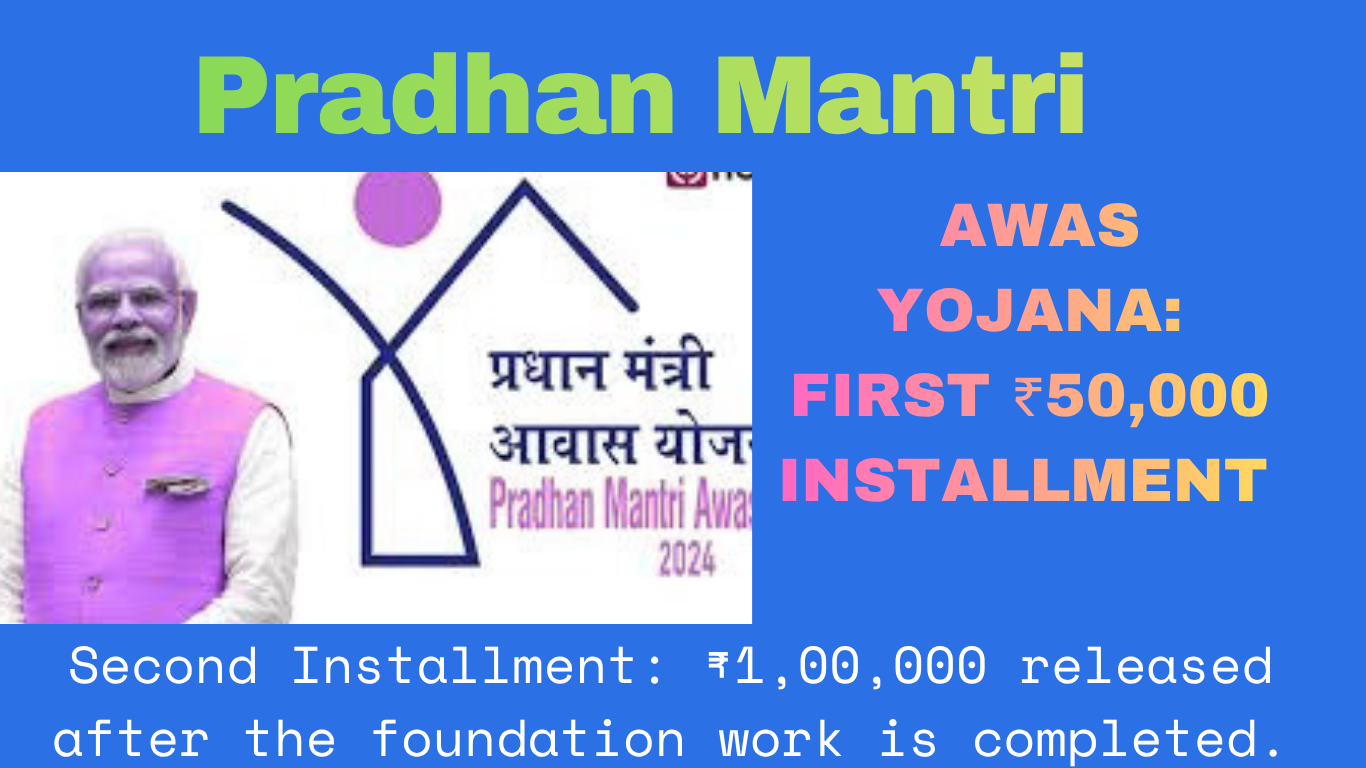When Elon Musk boldly stated that Grok 4 can solve real-world engineering problems that “books and Internet can’t answer,” it grabbed attention—and for good reason. Engineers, designers, and problem-solvers across industries constantly face complex, novel challenges: from optimizing rocket designs to debugging intricate software systems.
Here’s why a tool like Grok 4 could transform how we tackle those challenges—and what it means for everyday engineering.
Elon Musk introduces Grok 4, calling it a breakthrough in applied engineering AI.
Table of Contents
The Nature of Real‑World Engineering Problems
In real-world engineering, nothing fits perfectly. Problems are messy and multifaceted:
- Incomplete Data: You rarely have perfect blueprints or complete specifications.
- Interdisciplinary Complexity: Solutions often blend mechanics, software, material science, and human factors.
- Novel Scenarios: Each use case—say, building a new drone with environmental sensors—has quirks requiring tailored answers.
- Dynamic Constraints: Requirements shift—budget cuts, material shortages, or regulatory changes can pop up mid-project.
Typical sources like books and Internet guides are great for foundational theory but seldom address the unpredictable, integrated nature of hands-on engineering. That’s where an AI like Grok 4, as Musk claims, has an edge.
What Makes Grok 4 Different?
Grok 4 is marketed as a next-generation AI assistant designed specifically for deep technical problem-solving. Here’s what distinguishes it:
- Contextual Understanding:
It can interpret complex problem statements—not just keywords—recognizing when you’re asking about heat dissipation in battery packs vs. aerodynamics in drone wings.
- Dynamic Reasoning
Instead of spitting out static text, Grok 4 can simulate step-by-step thinking:
- Identify missing parameters.
- Suggest experiments to gather data.
- Run iterative calculations.
- Propose multiple options, weighing each against your constraints.
- Multimodal Inputs
Accessing only text is limiting. Grok 4 is designed to process schematics, code snippets, test data—even sensor plots. Engineers can upload real diagrams or logs and get targeted, context-aware insight.
- Hypothesis Testing & Refinement
Rather than a single answer, Grok 4 offers alternatives, explains trade‑offs, and helps refine design choices in dialogue. That interactive capability is far more powerful than static references.
Why Books & the Internet Fall Short
Books and online resources are indispensable—but limited in these ways:
- Fixed Scope: A chapter on gearbox design won’t adapt if you change shaft size or lubrication type.
- No Dialogue: You can’t ask a repair manual follow‑up like “What if my ambient temperature is 50 °C?”
- Stale Information: Manuals and web posts don’t update that quickly when new materials or regulations appear.
- Siloed Knowledge: Just Googling often brings up blog posts or Q&As that may not connect ideas across disciplines or requirements.
Grok 4 aims to fill that gap—offering live, contextual, and tailored advice that evolves with your engineering puzzle.
Real‑World Scenarios Where Grok 4 Could Help
Let’s walk through a few practical engineering scenarios:
a. Designing a Custom RC Vehicle
You want to build a 1:10 scale RC truck that can climb steep inclines without overheating.
- Grok 4 could: Combine motor torque curves, gear ratios, wheel traction, and heat-transfer constraints to model performance.
- Ask it: “What gear ratio gives max torque at 100 W continuous with aluminum chassis at 40 °C ambient?”
- It responds: Suggests ratio options, heat-sink methods, grip-enhanced tire compounds, and test steps.
b. Troubleshooting a Power‑Supply Instability
A lab power supply oscillates under certain loads, but readings don’t match theory.
- Grok 4 could ingest specs, waveform captures, and PCB layout to:
- Identify layout capacitive coupling.
- Simulate control-loop responses.
- Suggest layout tweaks and component substitutions.
c. Refining a Solar‑Water Pump System
You’re building a solar-powered irrigation pump for remote fields; panels, pump, and battery must balance cost, output, and weather patterns.
- Grok 4 could:
- Model solar insolation data (by region).
- Simulate battery discharge cycles.
- Recommend pump specs and panel sizing.
- Run a simple financial analysis over 5 years vs. diesel alternatives.
In each case, the AI becomes a partner, not just a reference—processing real data and constraints and reasoning forward.
The Human + AI Engineering Workflow
To grasp why this matters, picture two workflows:
A. Traditional:
- Read textbook chapter on heat sinks.
- Search the web for “heat sink formula.”
- Apply formula roughly.
- Prototype it.
- Iterate based on trial-and-error.
B. With Grok 4:
- Describe your thermal scenario and upload your CAD model.
- Ask Grok 4 to run thermal simulations.
- Review suggested designs, iterations, and trade-offs.
- Choose one, prototype with confidence.
- Refine further with guided tweaks.
This loop happens faster, with more precision, and less guesswork.
Caveats & Human Oversight
Grok 4 isn’t a miracle—yet. Engineering judgment still matters:
- It may suggest unrealistic idealizations (e.g., “assume perfect conductivity”).
- Verifying with physical tests is essential.
- Ethical/policy constraints (like safety regulations) must still be monitored by trained professionals.
The goal: AI-powered insight that augments, not replaces, your expertise.
What It All Means for You
- Time saved: No more digging through unrelated web forums; get context-aware answers fast.
- Better designs: AI-aided trade-off exploration can surface novel solutions.
- Learning on the job: Rather than just googling, you get guided reasoning—an on-call mentor.
- Accessibility: Even small teams and solo makers gain access to advanced engineering support once reserved for large labs.
About Grok AI
Official xAI Website (Grok Developer):https://x.ai/
Grok by xAI Overview:https://x.ai/grok
Elon Musk’s Announcement on Grok 4 (X post)
https://twitter.com/elonmusk (Search for “Grok 4” tweets)
MIT Technology Review: AI in Real-World Engineering:https://www.technologyreview.com/
IEEE Spectrum: How AI Is Changing Engineering:https://spectrum.ieee.org/topic/artificial-intelligence/
Final Take: Is Musk Right?
If Grok 4 lives up to its promise, yes—this is a breakthrough in engineering tools, not just incremental progress. Solving multi-domain, constraint-rich problems rapidly and interactively would be game-changing.
For engineers, hobbyists, and WordPress readers alike, the message is clear: we’re entering an era where AI becomes a collaborative, context-driven design partner—not just a sophisticated search engine.
Stay tuned. If Musk’s claim is accurate, Grok 4 may soon become the most powerful tool on your engineering desk—outperforming dusty tomes and endless Google searches.
Want to dive into how Grok 4 works under the hood? Stick around for Part 2, where we break down its simulation engines, data ingestion pipeline, and integration with CAD tools.
Stay updated with the latest news and alerts — follow us at racstar.in











